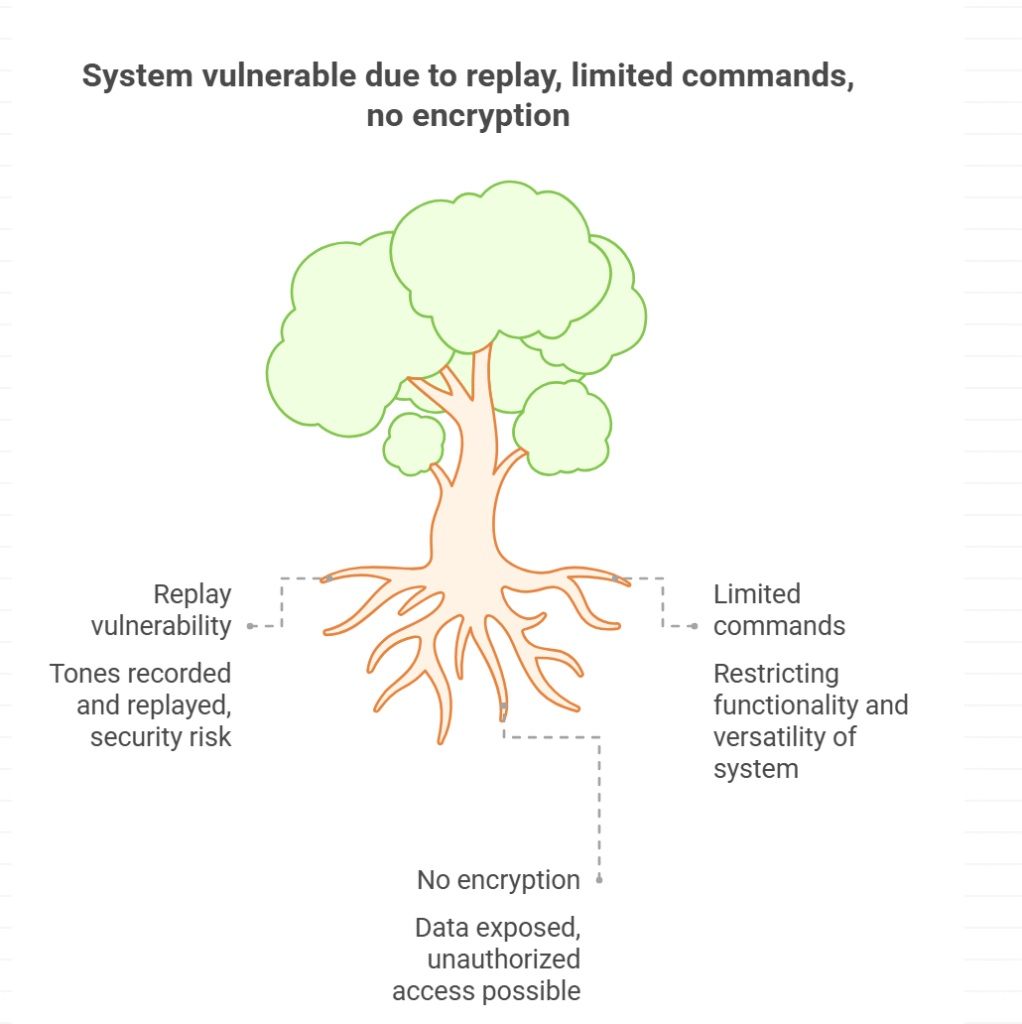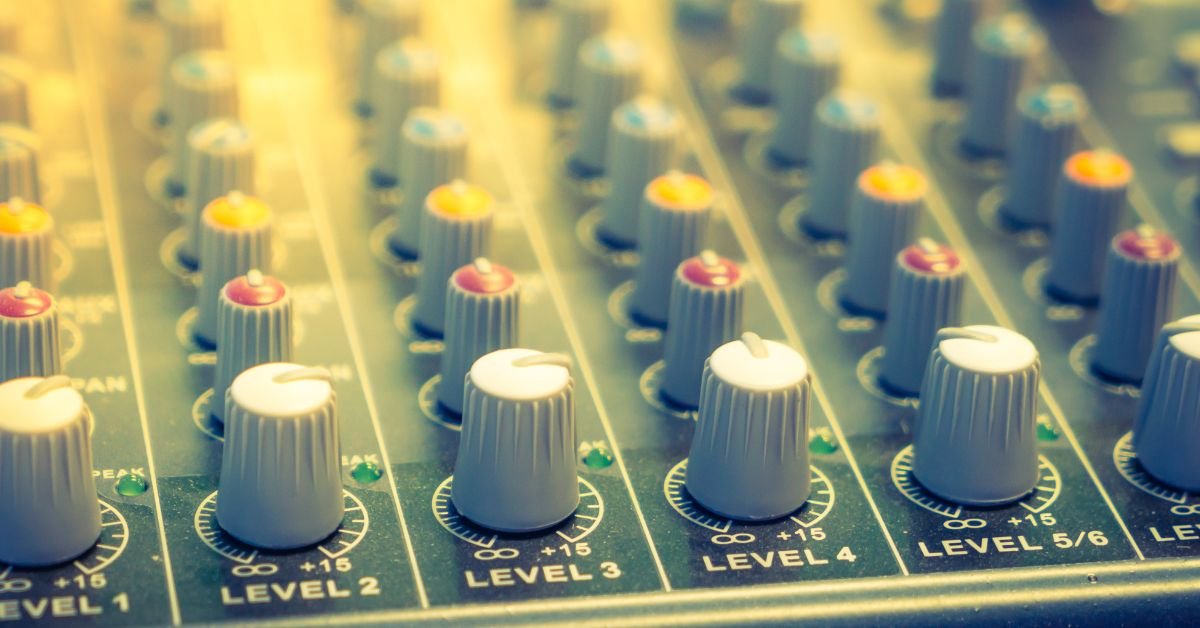Dual tone multi frequency signaling (DTMF) is the technical term for the system that lets you interact with telephone networks by pressing keys on a keypad. Each key press generates a unique combination of two audio frequencies one from a low-frequency group and one from a high-frequency group. These tones travel over the phone line, telling the system exactly which button you pressed.
Why Does DTMF Matter?
Before DTMF, making a call meant using rotary dials and waiting for mechanical switches to connect your call. DTMF made dialing faster, more reliable, and opened the door to automated services. It’s the reason you can “dial a tone” and navigate phone menus today.
The Birth of the Touch Tone Phone
The introduction of the touch tone phone in the 1960s was a game-changer. Instead of the slow, clunky rotary dial, users could now press buttons and instantly send signals using DTMF. This not only sped up the process but also made it possible to interact with automated systems—think banking by phone, voicemail, and customer service menus.
Real-Life Example
“I remember the first time I used a touch tone phone at my grandma’s house. It felt like magic—just press a button and the call goes through instantly!”
How Does Dual Tone Multi Frequency Signaling Work?
Let’s break it down. Each button on a DTMF keypad is assigned two frequencies: one from a row and one from a column. When you press a key, both frequencies are sent at the same time. The phone system listens for these tones and decodes them to figure out which number you dialed.
The DTMF Keypad Layout
Here’s how the standard 12-key DTMF keypad is arranged:
| 1209 Hz | 1336 Hz | 1477 Hz | |
|---|---|---|---|
| 697 Hz | 1 | 2 | 3 |
| 770 Hz | 4 | 5 | 6 |
| 852 Hz | 7 | 8 | 9 |
| 941 Hz | * | 0 | # |
Each key press combines one row and one column frequency. For example, pressing “5” sends 770 Hz and 1336 Hz together.
What Does DTMF Mean in Everyday Life?
So, what does DTMF mean for the average person? In short, it’s the reason you can interact with automated phone systems. When you “dial a tone” to enter your account number or select a menu option, you’re using DTMF.
DTMF in Modern Applications
- Banking by phone: Enter your PIN or account number.
- Voicemail systems: Navigate menus and listen to messages.
- Customer service: Select options without waiting for an operator.
- Security systems: Remotely control devices using DTMF tones.
The Rise of the DTMF Tone Generator
With the popularity of DTMF, the DTMF tone generator became a handy tool for technicians, hobbyists, and even pranksters. These devices (or apps) can create the exact tones needed to simulate key presses, making them useful for testing phone systems or even controlling remote devices.
User Quote
“I built a simple DTMF tone generator for a school project. It was amazing to see how a few beeps could control an entire phone system!”
Dial a Tone: The Soundtrack of Communication
If you’ve ever heard the phrase “dial a tone,” you’re already familiar with DTMF. Each time you press a button on a touch tone phone, you’re literally dialing a tone—two, in fact! These tones are so distinct that even a quick listen can tell you which number was pressed.
Why Are DTMF Tones So Reliable?
DTMF was designed to be robust. The tones are easy for machines to detect, even over noisy phone lines. That’s why, decades later, DTMF is still used in everything from landlines to VoIP systems.
What Does DTMF Mean for Security and Automation?
DTMF isn’t just about making calls. It’s also a powerful tool for remote control and automation. Security systems, garage doors, and even some industrial equipment can be operated using DTMF signals sent over a phone line.
Pros and Cons of DTMF in 2025
Pros:
- Simple and reliable
- Works over any phone line
- Universally recognized
Cons:
- Vulnerable to interception (tones can be recorded and replayed)
- Limited to basic commands
- Not encrypted by default

DTMF in the Digital Age: Still Relevant?
You might think DTMF is old news, but it’s still everywhere. Even with smartphones and internet calling, DTMF remains the standard for interacting with automated systems. Many VoIP services support DTMF, and it’s still the go-to method for remote control over phone lines.
DTMF and VoIP
Modern VoIP systems often use “out-of-band” DTMF, sending the tones as data rather than audio. This ensures accuracy, even if the call quality isn’t perfect.
How to Use a DTMF Tone Generator
Curious about how a DTMF tone generator works? You can find apps and online tools that let you play any DTMF tone. Just select the number, and the app will play the correct combination of frequencies.
Practical Uses
- Test phone systems
- Simulate keypad presses for automation
- Learn about signal processing
Pro Tip
If you’re troubleshooting a phone system, a DTMF tone generator can help you verify that the system is detecting tones correctly.
Risks and Limitations of DTMF
While DTMF is reliable, it’s not perfect. The biggest risk is security—since the tones are audible, they can be recorded and replayed. That’s why sensitive systems now use additional security measures.
Other Limitations
- Not suitable for complex data transfer
- Can be affected by poor line quality
- Limited to 16 possible signals (on a standard keypad)
The Future of Dual Tone Multi Frequency Signaling
As we move further into the digital age, will DTMF fade away? Not likely. Its simplicity and reliability keep it relevant, especially for legacy systems and basic automation. However, new technologies are emerging for more secure and complex interactions.
What’s Next?
Expect to see DTMF used alongside newer methods, rather than replaced outright. It’s a classic technology that still has a place in our connected world.
Real-World Example: DTMF in Action
Imagine you’re calling your bank’s customer service line. After entering your account number using the keypad, you’re prompted to select from a menu. Each button you press sends a unique DTMF tone, guiding you through the system. Without DTMF, this level of automation wouldn’t be possible.
FAQs
Q. What does DTMF mean and how is it used?
A. DTMF stands for dual tone multi frequency signaling. It’s used to send information over phone lines by pressing keys on a touch tone phone. Each key press generates a unique pair of tones that the system can recognize.
Q. How does a DTMF tone generator work?
A. DTMF tone generator creates the specific audio frequencies associated with each key on a phone keypad. These tones can be used to test phone systems, control devices, or simulate keypad input.
Q. Can I use DTMF with modern smartphones?
A. Yes! Most smartphones support DTMF. When you use the keypad during a call—like entering a PIN or navigating a menu—you’re sending DTMF tones.
Q. Is DTMF secure for sensitive information?
A. DTMF is not inherently secure, as the tones can be intercepted or recorded. For sensitive transactions, additional security measures are recommended.
Conclusion
Dual tone multi frequency signaling may be invisible to most users, but it’s a vital part of our communication infrastructure. From the first touch tone phone to today’s automated systems, DTMF has made life easier, faster, and more connected.
CLICK HERE FOR MORE BLOG POSTS
John Authers is a seasoned and respected writer whose work reflects the tone, clarity, and emotional intelligence that readers value in 2025. His writing blends deep insight with a natural, human voice—making complex ideas feel relatable and engaging. Every piece he crafts feels thoughtful, original, and genuinely worth reading.

